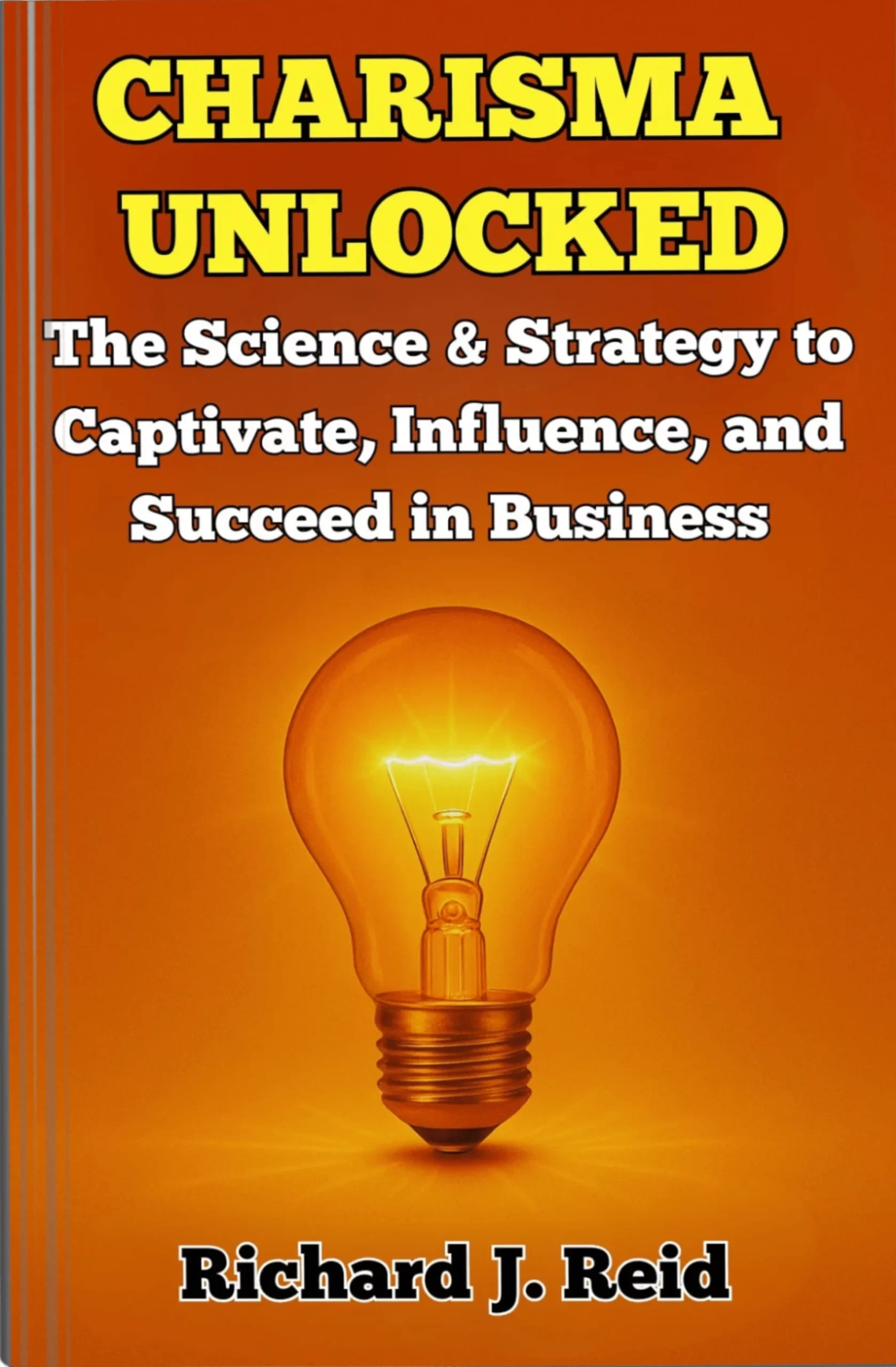In the corporate landscape of the 21st century, technical expertise alone is no longer sufficient for effective leadership. Leaders who rely solely on their knowledge run the risk of failing to inspire their teams or cultivate meaningful and lasting connections. Modern business demands an intangible quality that goes beyond competence—it calls for resonance. Resonance is the leader’s ability to connect emotionally, align stakeholders around a shared vision, and leave a lasting impact on the people they lead.
This article explores the concept of resonance in leadership: what it means, why it matters, and how business professionals can develop this quality to effectively lead their organisations and teams.
What is Leadership Resonance?
Resonance, at its core, refers to the capacity of a leader to create emotional alignment with others. It goes beyond transmitting information—it is about creating an environment where team members feel understood, trusted, and empowered to fulfil their roles with a collective sense of purpose and passion.
The late Harvard Business School professor, Daniel Goleman, introduced resonance as part of his work on emotional intelligence (EQ). Goleman defined resonance as a key outcome of emotionally intelligent leadership. Leaders who possess the ability to resonate establish trust and openness, ensuring that their teams remain engaged, motivated, and invested—not just in the organisation but in their shared purpose.
In businesses, resonance is what differentiates leaders who merely direct from those who inspire. It is the quality that amplifies a leader’s charisma and allows them to influence others not through sheer authority or expertise but by aligning their emotions and intentions with those they lead.
The Limitations of Expertise Alone
While organisations often reward individuals with promotions due to their technical acumen or job-specific expertise, these qualities do not guarantee success in leadership roles. Expertise, while valuable, is inherently transactional—the ability to solve a problem or accomplish a task efficiently. However, leadership is both an art and a science, requiring interpersonal skills and emotional engagement to inspire collective effort.
Here are some reasons why expertise alone is not enough:
- Limited Emotional Connection: Technical skills are problem-focused, whereas leadership requires people focus. Leaders who rely solely on their professional knowledge may fail to connect with the challenges and aspirations of their teams.
- Ineffectiveness in High-Stress Environments: As the book highlights, leadership resonance becomes especially powerful during periods of stress or uncertainty. The ability of a leader to maintain positivity and foster resilience is what helps teams persevere during crises. Expert knowledge cannot substitute for this emotional fortitude.
- Scepticism in Modern Organisations: Employees in today’s workplace are increasingly sceptical of hierarchical authority. Leaders who focus solely on what they know, rather than engaging employees meaningfully, struggle to gain the trust and buy-in required to drive successful collaboration.
- Minimal Influence Without Connection: Without the ability to connect emotionally, a leader’s influence may feel limited or strained—no matter how skilled or knowledgeable they are. Leadership is not just about outcomes but about how people experience their leader’s presence, vision, and mission.
Leadership resonance fills the gap where expertise falls short. It provides leaders with the tools to approach challenges not just with their minds but with their full selves—engaging people on emotional and psychological levels.
Key Elements of Resonant Leadership
What makes a leader resonate with their team or organisation? Below, we explore the most vital components of resonance and their practical application in business:
1. Emotional Connection
A resonant leader establishes an emotional connection that goes beyond the confines of transactions or job responsibilities. They ensure each team member feels valued, respected, and genuinely understood.
Practical Example:
- During the COVID-19 pandemic, leaders like Mary Barra, CEO of General Motors, prioritised empathy and connection. She navigated uncertainty by shifting GM’s focus to manufacturing ventilators and openly addressing the challenges faced by employees. By fostering emotional alignment, she unified her organisation around a shared mission that transcended profit-making.
How to Develop It:
- Practise active listening—engage fully with conversations and avoid interrupting.
- Validate emotions by acknowledging what others feel, even if you cannot solve their problems immediately.
- Show appreciation for individual contributions, recognising both work outcomes and personal efforts.
2. Visionary Influence
As discussed in the book, transformational leaders inspire through a compelling vision, framing their ideas in ways that align with the values and aspirations of their team members. This involves presenting goals as shared opportunities for meaningful contributions rather than as abstract corporate objectives.
Practical Example:
- Reed Hastings, co-founder of Netflix, built his organisation around a transformative vision of making entertainment accessible to all. By rallying his team behind a bold idea and trusting his employees to take ownership of results, Hastings infused his leadership with both trust and inspiration.
How to Develop It:
- Distil your larger goals into a clear, emotionally compelling vision that resonates with others.
- Share this vision consistently, using storytelling techniques to emphasise its purpose and value.
- Reinforce your commitment to the vision by living the values you advocate.
3. Positivity During High-Stakes Situations
Resonant leaders act as stabilising forces during high-stress environments. Research cited in the book reveals the profound influence a leader’s positivity has on a team’s resilience. This is not about blind optimism; rather, it is about providing hope and perspective, even in the midst of complexity and difficulty.
Practical Example:
- Consider Anne Wojcicki, co-founder of 23andMe, who faced difficulties with regulatory bodies. Instead of reacting defensively, she maintained clarity and accountability, using the setback as an opportunity for growth and transparency. Demonstrating emotional steadiness under pressure ensured her team felt secure in their leadership during a turbulent time.
How to Develop It:
- Focus on solutions rather than dwelling on problems.
- Cultivate emotional self-regulation to help manage stress effectively.
- Use affirming language that conveys hope, optimism, and determination, even in challenging conversations.
4. Authenticity
Resonance is most effective when it is authentic. People resonate with leaders who are genuine—those who openly share their values, motivations, and challenges. Being emotionally honest creates bonds of trust. Employees feel more inspired by leaders who allow their humanity to show than by those who project unreachable perfection.
Practical Example:
- When Xerox was on the brink of collapse, CEO Anne Mulcahy implemented decisive leadership strategies that stabilised operations. However, what set her apart was her authenticity: she actively listened to employees during her first 90 days, shared her vision with clarity and emotion, and consistently combined authority with compassion.
How to Develop It:
- Identify and communicate the core values that define your leadership style.
- Ask for feedback and remain open to critique.
- Share your experiences—successes, failures, and lessons—so team members see you as relatable and trustworthy.
5. Empathy in Action
Empathy is another hallmark of resonant leadership. By taking the time to understand the perspectives, values, and needs of their team, leaders create individuals who feel appreciated and secure in their roles. Empathy also reduces tension and improves collaboration between competing interests.
Practical Example:
- As the book discusses, Alan Mulally’s tenure at Ford highlights this approach. He created alignment across a fractured organisation by showing a deep understanding of his team’s struggles, fostering collaboration through consistent care and empathetic communication.
How to Develop It:
- Ask open-ended questions to understand different viewpoints.
- Regularly check in with your team—not just on workflow but on their well-being.
- Build flexibility into your leadership to accommodate diverse individual needs.
The Benefits of Resonance in Leadership
The ability to resonate as a leader carries numerous benefits, including:
- Increased Trust: Emotional connection fosters a deep sense of trust, which is essential for collaboration and open communication.
- Enhanced Team Morale: Resonant leaders lift the spirits of their teams, ensuring higher levels of engagement and productivity.
- Improved Retention: Employees are less likely to leave organisations where they feel valued and aligned with their leader’s vision.
- Better Problem-Solving: A leader who resonates encourages diverse input and emotional safety, facilitating creative and collective solutions.
- Sustainable Influence: By creating authentic emotional connections, resonant leadership fosters loyalty and long-term influence.
Conclusion
Leadership resonance is a transformative force that elevates ordinary management into extraordinary influence. For business professionals, developing this quality begins with a commitment to emotional intelligence, authenticity, and empathetic engagement. By valuing connection over command and empathy over ego, leaders can ensure their expertise serves not just the tasks at hand but the people they inspire.
In today’s fast-paced, sceptical corporate world, resonance is no longer optional—it is imperative. Let your leadership amplify not just decisions, but the people who shape them. Make resonance your hallmark, and you will not only lead more effectively but leave behind a legacy of trust, alignment, and success.










